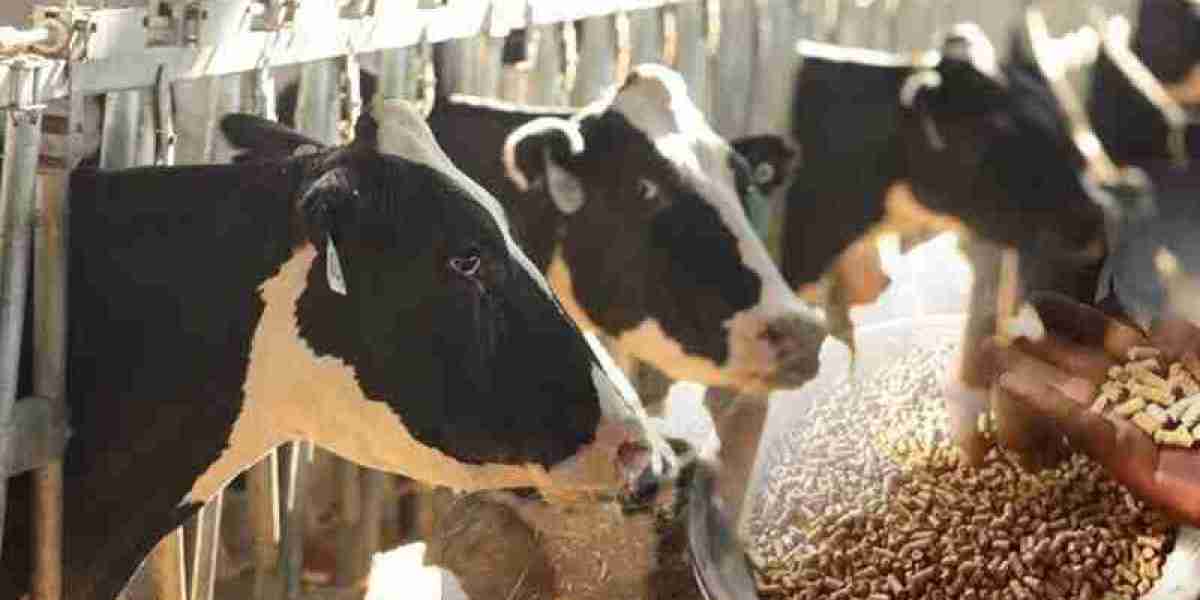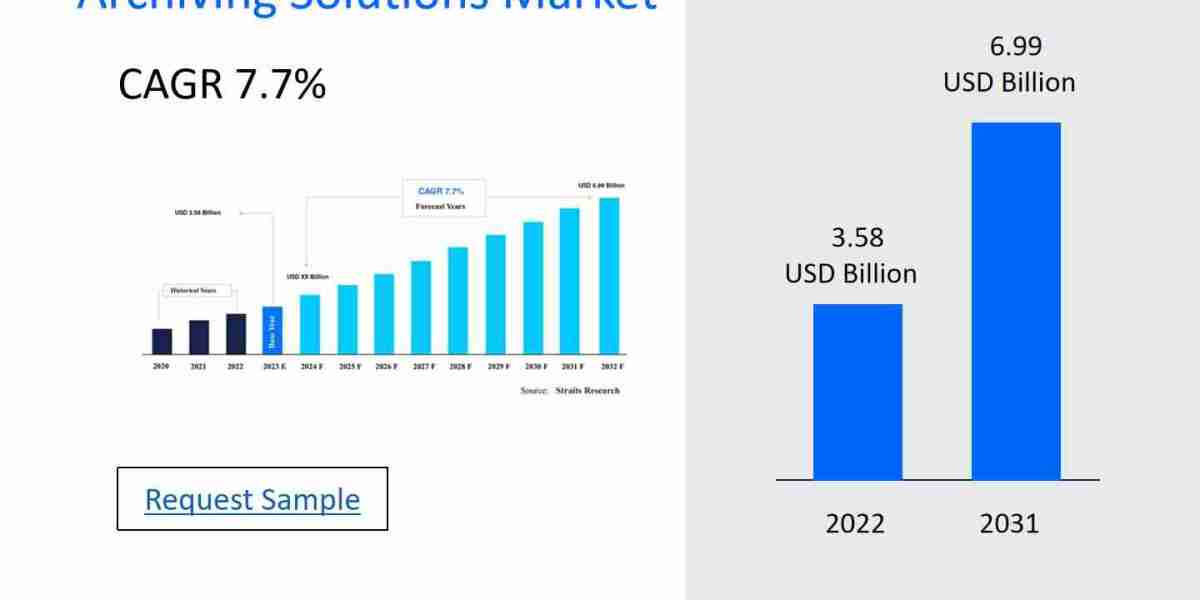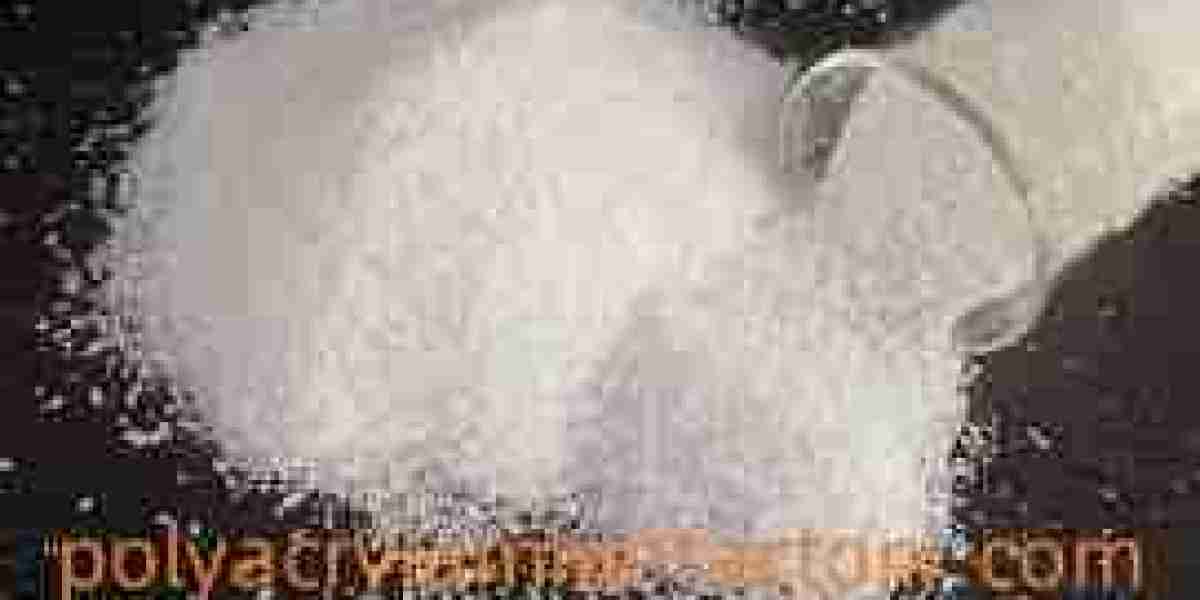The cattle feed market plays a crucial role in the global livestock industry, providing essential nutrients to cattle and ensuring a steady supply of dairy and meat products. However, the industry faces several significant threats that could impact its growth and sustainability. These threats stem from economic fluctuations, regulatory policies, environmental concerns, supply chain disruptions, and evolving consumer preferences. Addressing these challenges is essential to ensure the long-term viability of the cattle feed market.
Economic Fluctuations and Rising Feed CostsOne of the major threats to the cattle feed market is economic instability, which directly affects feed prices. The cost of raw materials such as corn, soybeans, and other grains has been highly volatile due to unpredictable weather patterns, trade restrictions, and inflationary pressures. The rising prices of feed ingredients increase the overall cost of cattle production, leading to reduced profitability for farmers and higher prices for consumers. The industry must focus on cost-effective feed alternatives, government subsidies, and innovative farming techniques to mitigate these economic challenges.
Regulatory Challenges and Compliance IssuesGovernment regulations and policies significantly impact the cattle feed market. Stringent laws on feed quality, additives, and environmental impact create compliance burdens for manufacturers. Additionally, bans on certain antibiotics and genetically modified ingredients limit the options available to feed producers. While these regulations aim to ensure food safety and sustainability, they can also hinder market growth and increase production costs. Companies need to invest in research and development to comply with evolving regulations while maintaining efficiency and profitability.
Environmental and Climate Change ThreatsThe cattle feed market is heavily influenced by environmental concerns and climate change. Extreme weather events such as droughts and floods can drastically reduce the availability of essential feed crops, leading to supply shortages and price hikes. Additionally, the livestock industry is under increasing pressure to reduce its carbon footprint. Methane emissions from cattle and deforestation for grazing land contribute to global climate change. To counter these threats, the industry must adopt sustainable feed production practices, explore alternative protein sources, and invest in carbon reduction initiatives.
Supply Chain Disruptions and Transportation IssuesThe global supply chain plays a vital role in the distribution of cattle feed. However, disruptions caused by pandemics, geopolitical conflicts, and logistical issues can severely impact the availability of feed ingredients. Transportation costs have also surged due to fuel price increases and labor shortages, further straining the supply chain. To mitigate these risks, companies must diversify sourcing strategies, invest in local feed production, and develop resilient logistics networks.
Changing Consumer Preferences and Market DemandConsumer preferences are shifting towards organic, grass-fed, and sustainable meat and dairy products. This shift poses a challenge to traditional cattle feed producers who rely on conventional grain-based feeds. Additionally, the rise of alternative protein sources such as lab-grown meat and plant-based dairy products has introduced competition in the market. Cattle feed manufacturers must adapt by formulating sustainable, high-quality feeds that align with consumer demands and industry trends.
Conclusion and Future OutlookDespite the threats facing the cattle feed market, there are opportunities for growth and innovation. Sustainable feed production, investment in alternative feed ingredients, and advanced farming technologies can help mitigate these challenges. Stakeholders must work together to ensure a resilient and adaptable industry that meets both environmental and economic demands. By proactively addressing these threats, the cattle feed market can continue to support global food security while promoting sustainability.
rohinishinde
234 Blog indlæg




